A few weeks back, two lengthy comic-related conversations erupted on Linkedin, one asking whether or not people considered bubbles dated, the other questioning the value of words in motion comics.
As could be expected, there were some interesting viewpoints and ideas thrown about, and some, ahem, passionate responses from the traditionalists, many of whom graciously voiced the opinion that comic creators who want to break free from the established language of sequential art should fuck off and create their own medium.
Anyway, all this got me asking myself: what exactly constitutes a comic book?
Are wordless comics, motion comics and all the other variations we’re now seeing on tablets still comic books, or something entirely different? A video game with cutscenes isn’t considered a movie, nor is a subtitled movie considered a book.
Recently I’ve been receiving a large number of review submissions for illustrated novellas labelled by their publishers or creators as graphic novels. Which may technically be true, if only in the sense that they’re novels with graphics. But these books are essentially being sold as comics, which I feel is not only misleading to the reader/consumer but ultimately damaging to the wonderful storytelling form that is illustrated prose.
Similarly, perhaps motion comics aren’t necessarily superior/inferior to the standard panels + speech bubbles format we’re used to seeing, but should perhaps be labelled as something else. I personally feel that in a few years, when digital comics are no longer a novelty but a standard, the sort of motion comics we’re currently seeing (i.e. mainstream titles produced with adults in mind) will be viewed in a similar light to 3D’s resurgence in cinemas – a futile attempt by a confused industry to reinvent an established format that didn’t need updating to begin with.
But I’d love to be proven wrong. And I’ve seen several digital illustrated children’s books which have implemented interactive and motion elements to great effect. I’ve also heard from parents of children with learning disabilities that the interactive e-books (a term that makes me shudder as I type it) available on iOS and Android tablets are able to engage them in a way that traditional books haven’t.
I embrace the digital comic with open arms, and yet there’s something about the manner in which the major comic publishers are going about pushing ‘augmented’ versions of their work onto tablets and e-readers that worries me. In short, the industry currently seems to be returning to the sort of precedence on gimmickry over quality storytelling which notoriously defined the 90s.
The other day a comic artist complained on Twitter that comic critics gave more credit to writers than artists. And it occurred to me that I’d enjoyed hundreds, possibly thousands, of comics that had average or substandard illustrations but a good story, but never fully enjoyed a glossy, beautifully illustrated comic book with a shoddy story.
Story is everything, and a good story is a good story regardless of the medium. Production values and audio/visual gimmickry are no substitute for interesting characters and engaging storytelling – though if used effectively, such technology might compliment rather than distract from the experience, I guess.
Likewise the idea of treating thought balloons as an outdated and ‘quaint’ convention. It’s how you use them that counts.
I’ve personally always seen it as a matter of consistency. I’m fine with thought bubbles when they suit the tone of the comic or scene, but can’t stand it when one solitary thought bubble suddenly pops up out of the blue in a comic series or graphic novel that hasn’t used them at all up until that point. Then, it feels as though the writer couldn’t find a better way to express a character’s inner workings, and has resorted to lazy storytelling. In the right context, though, there’s nothing wrong with thought bubbles, even if they have been deemed antiquated by mainstream publishers.
Speech bubbles are also an essential element of the comic book. But that doesn’t mean that artists can’t make beautiful art and tell great stories without them (the silent issue of Cerebus springs to mind), only that they’d have to rethink the medium and come up with their own personal variation on it.
Which, as a short stroll on Kickstarter or deviantART will confirm, they are. I guess that’s what makes the comic industry an exciting place to be for both readers and creators – no matter how stubborn your stance on motion comics, or indeed what comes after them, there’ll always be an artist or writer talented enough to change your mind.
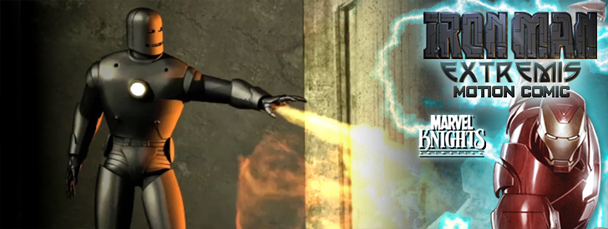
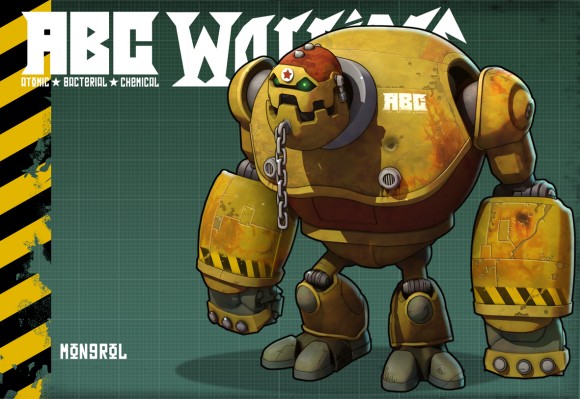
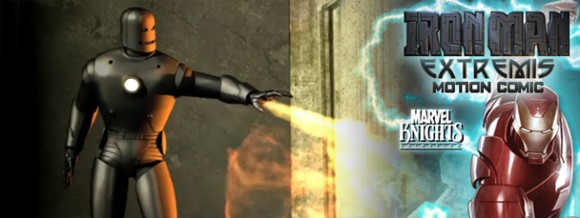
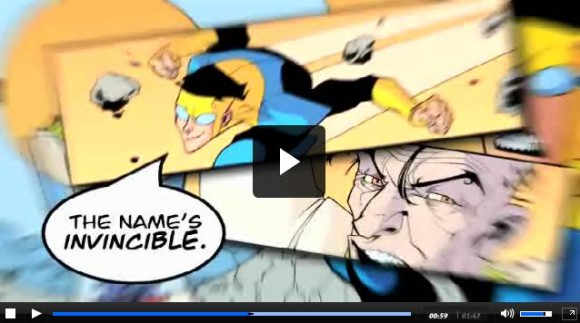
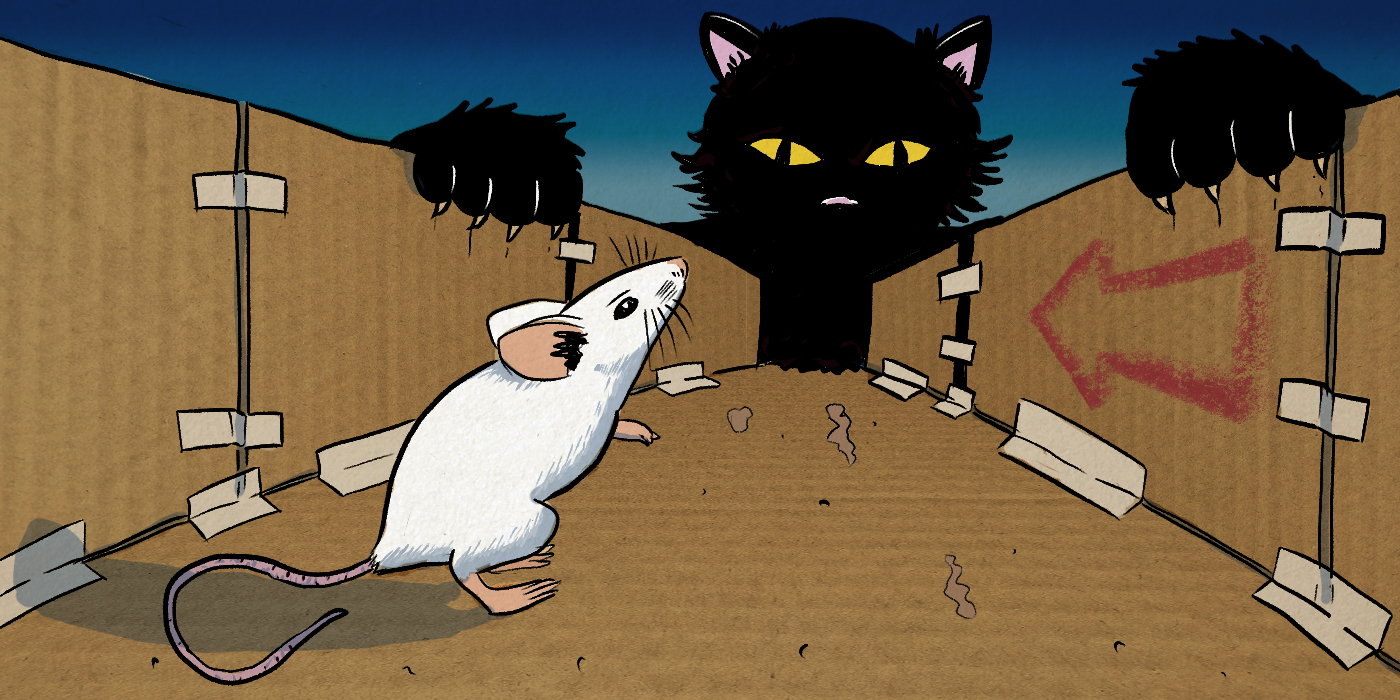
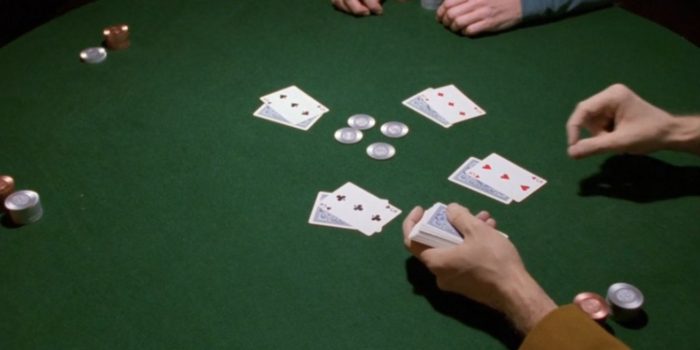
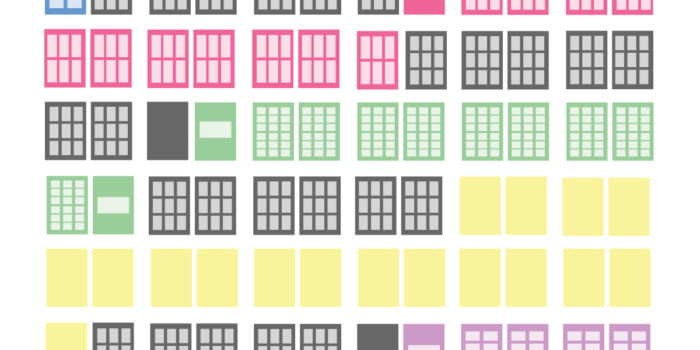
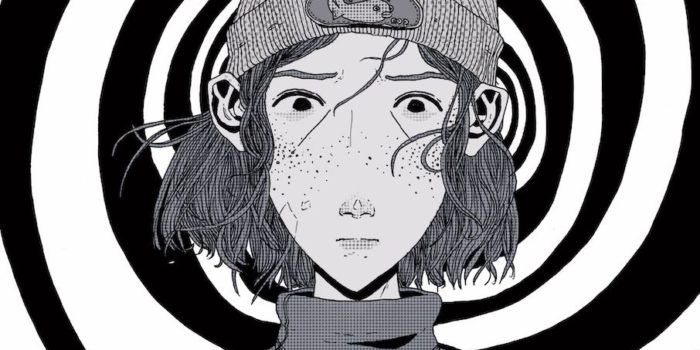
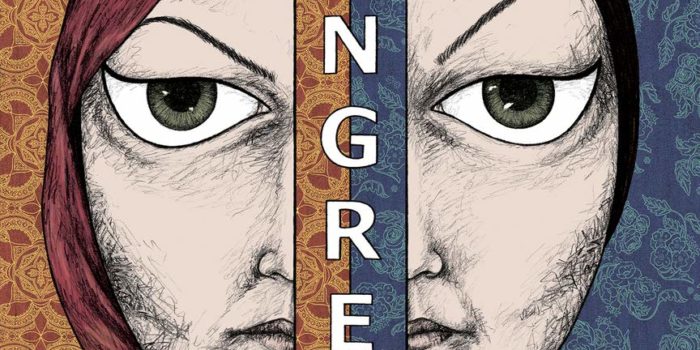

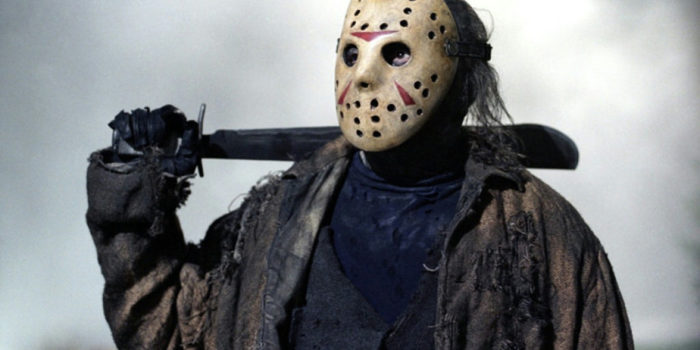

Leave a Reply